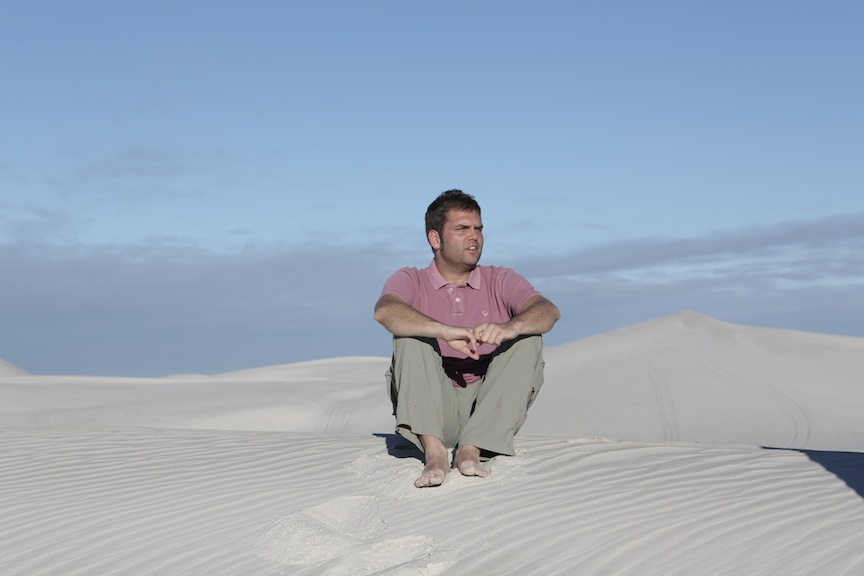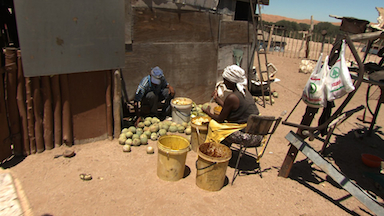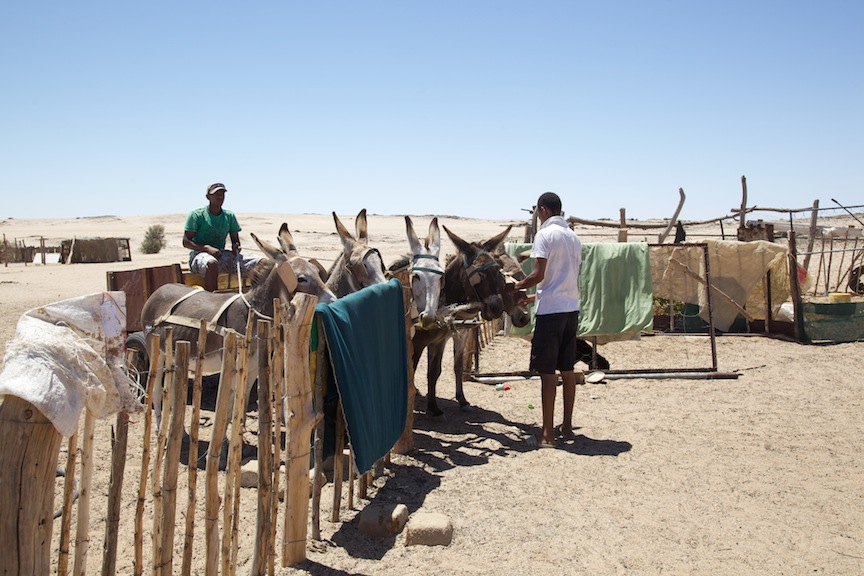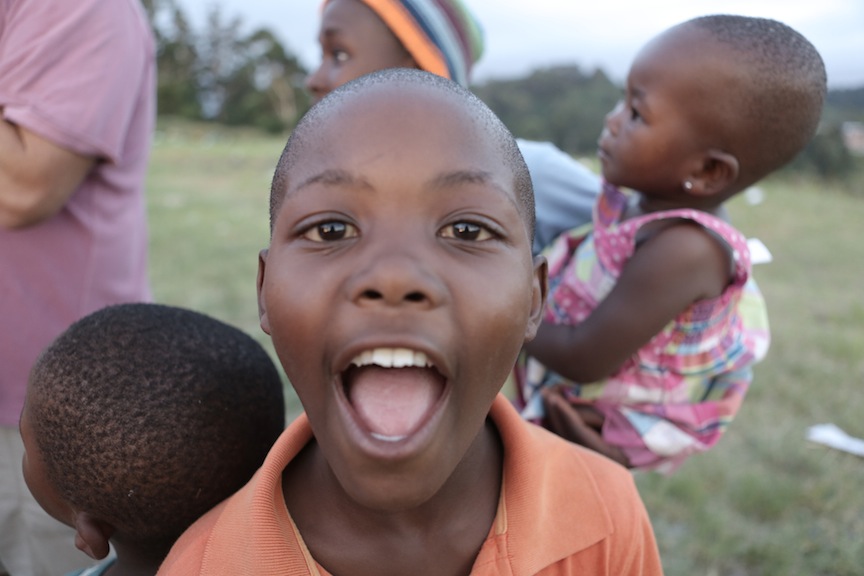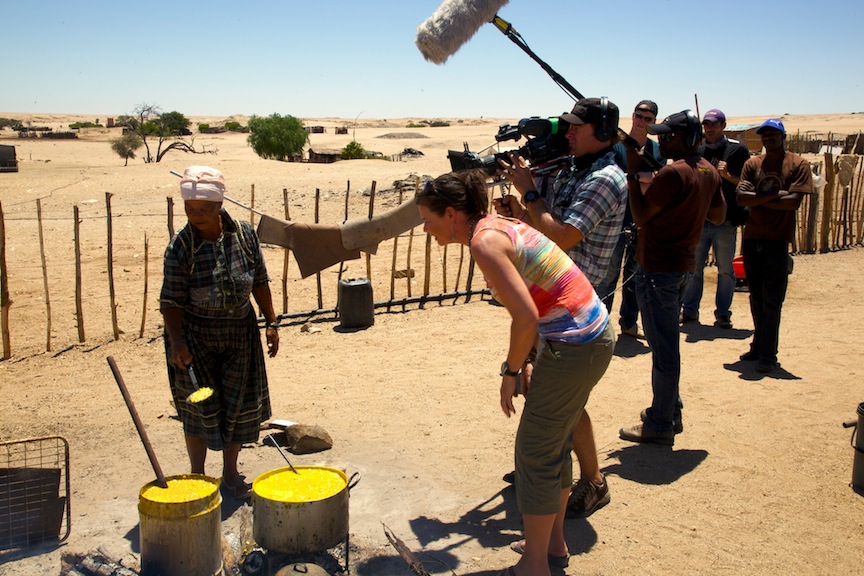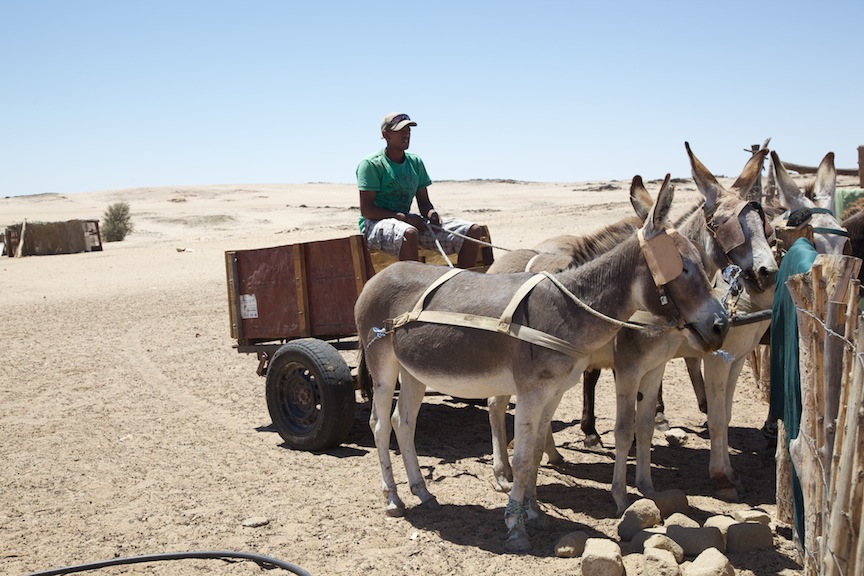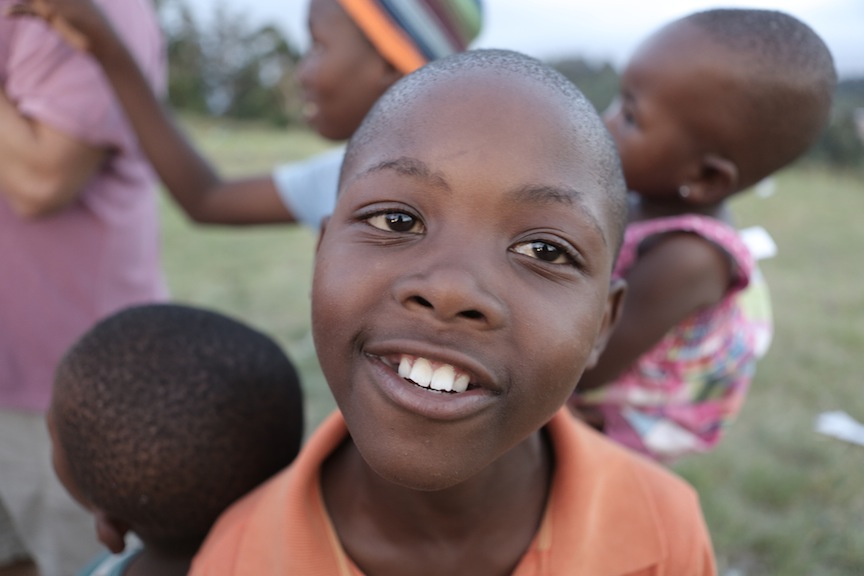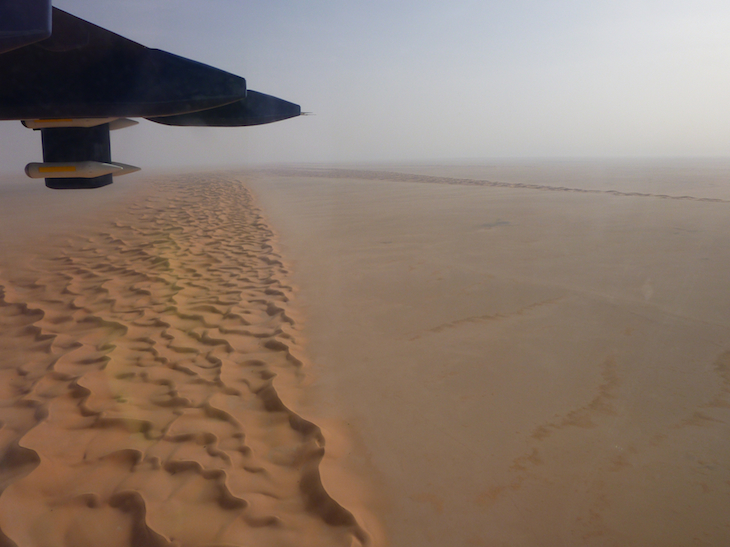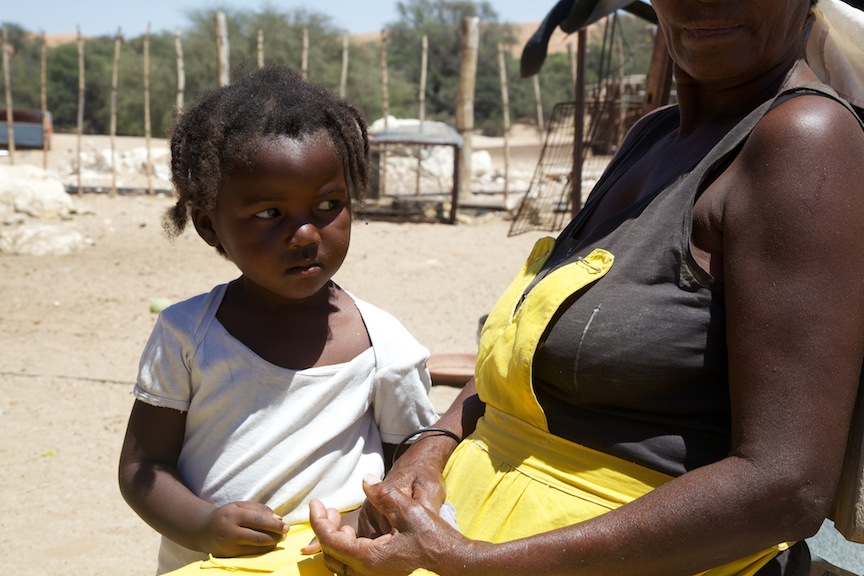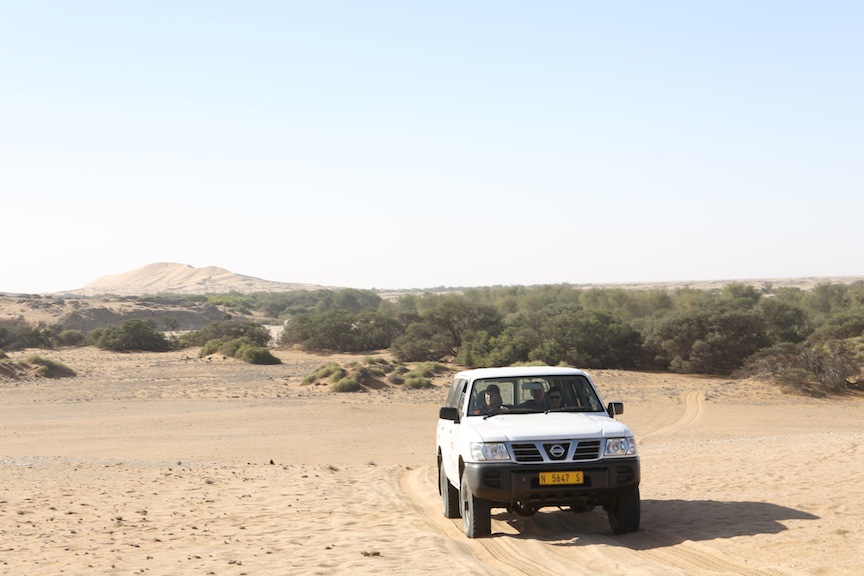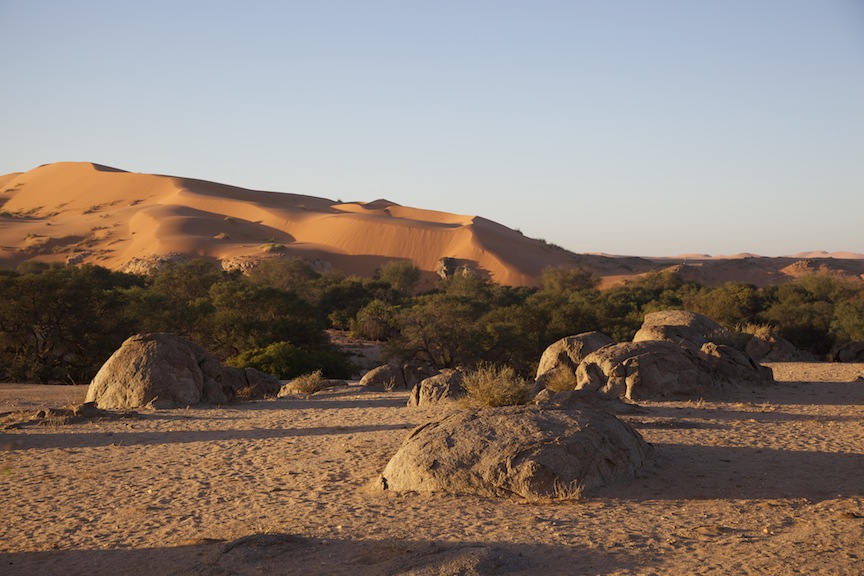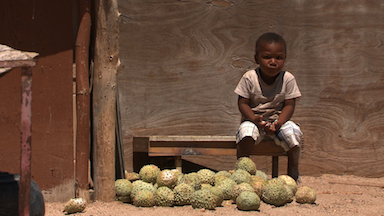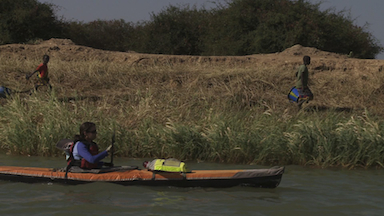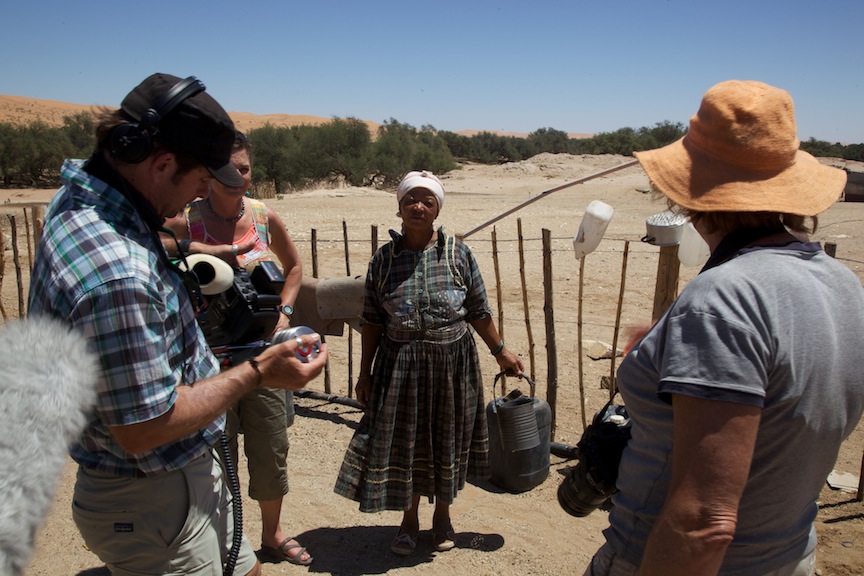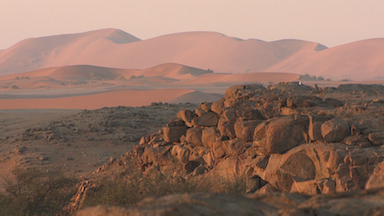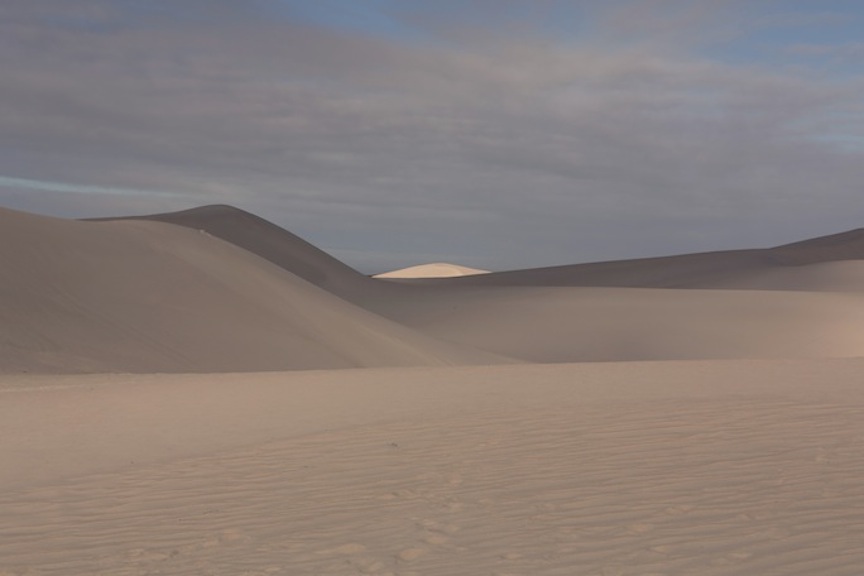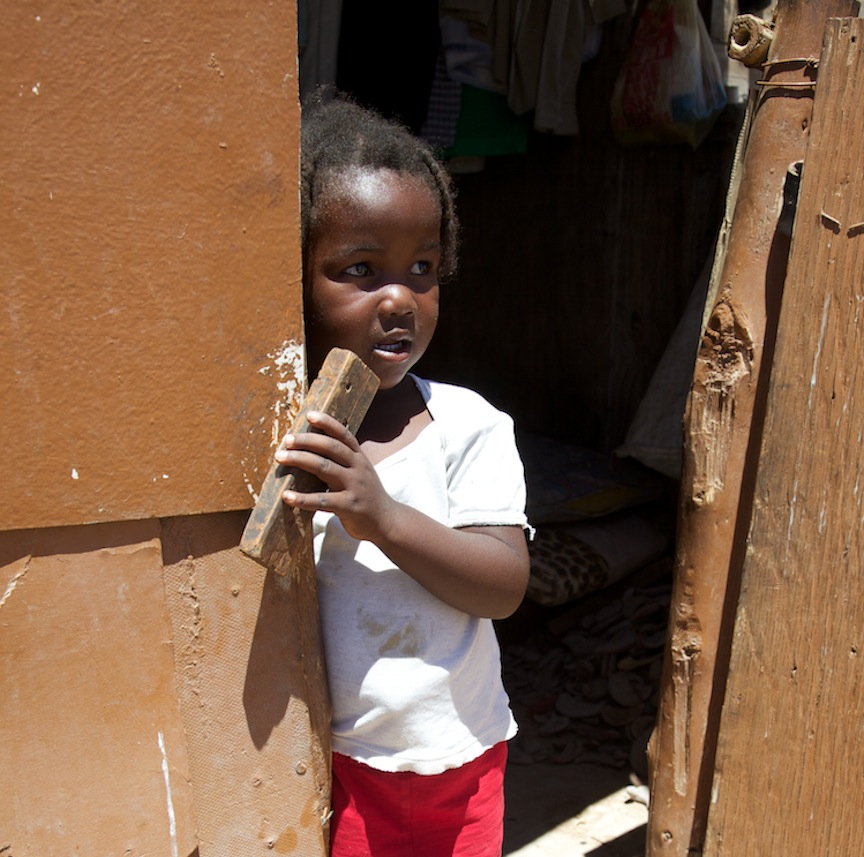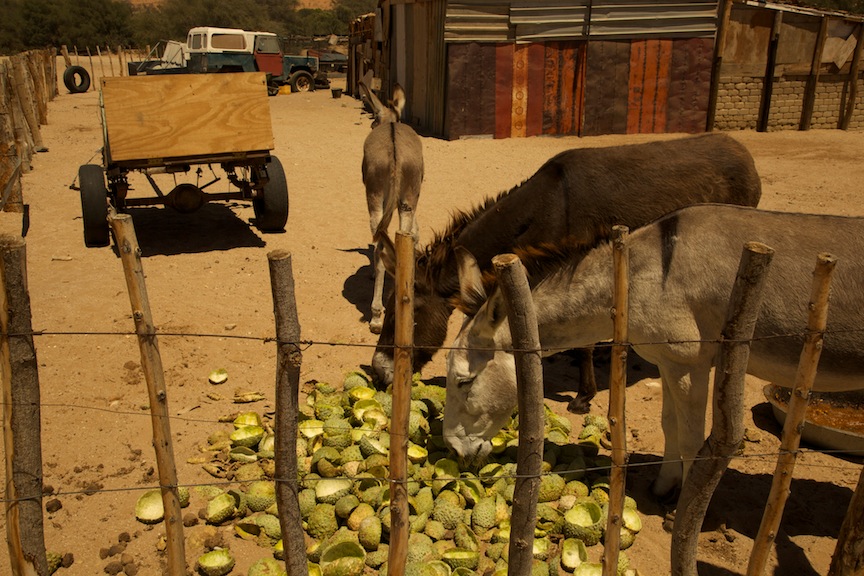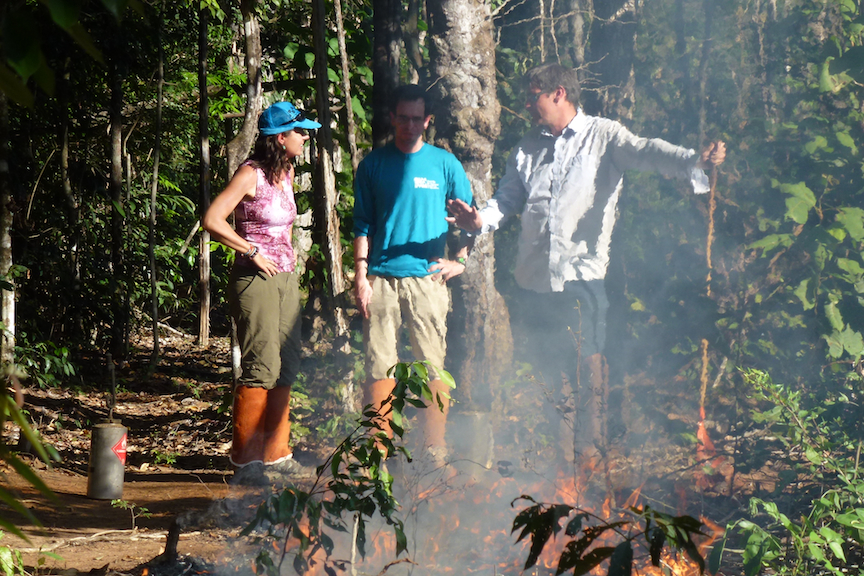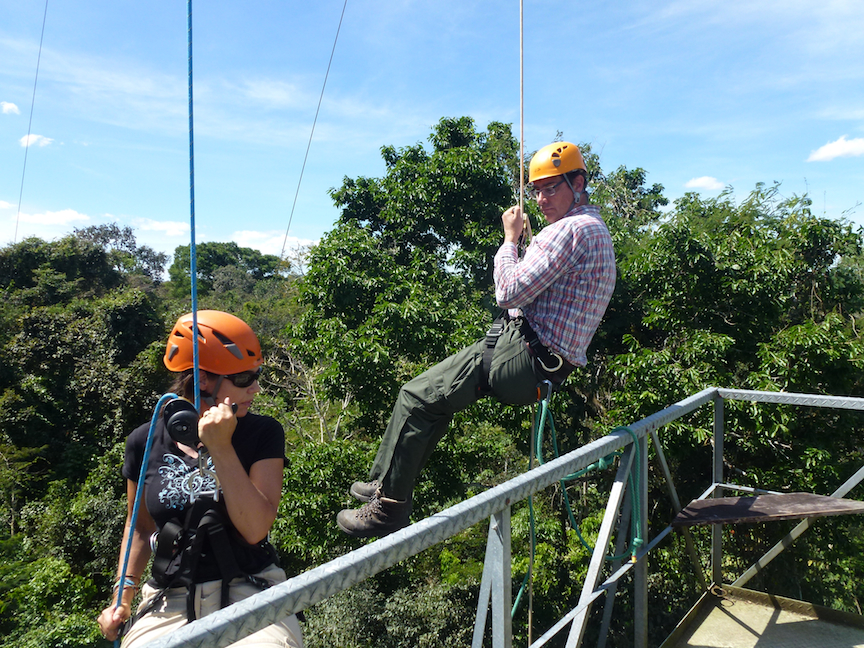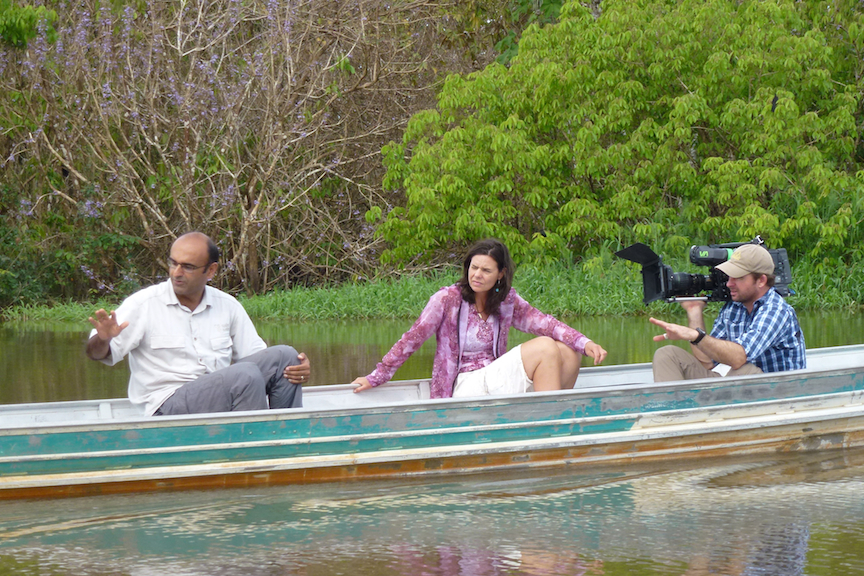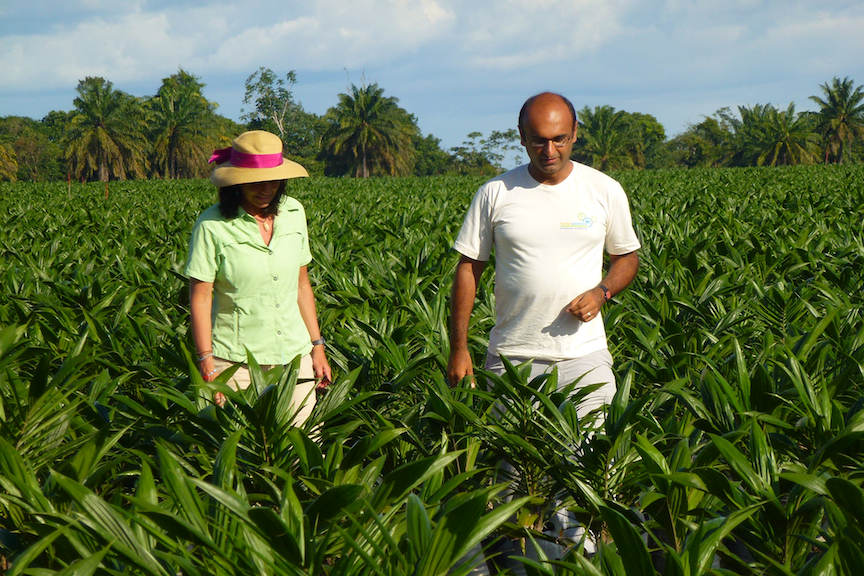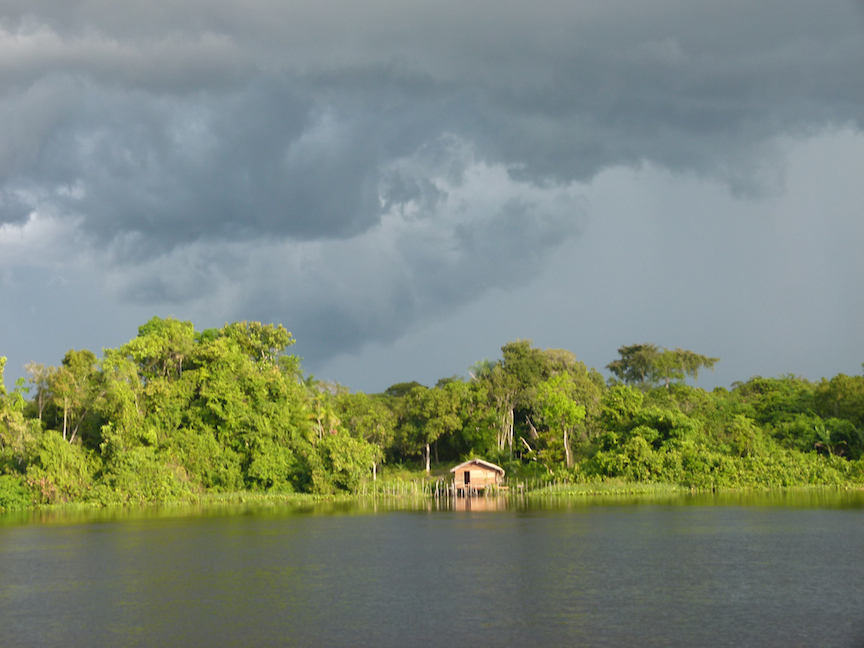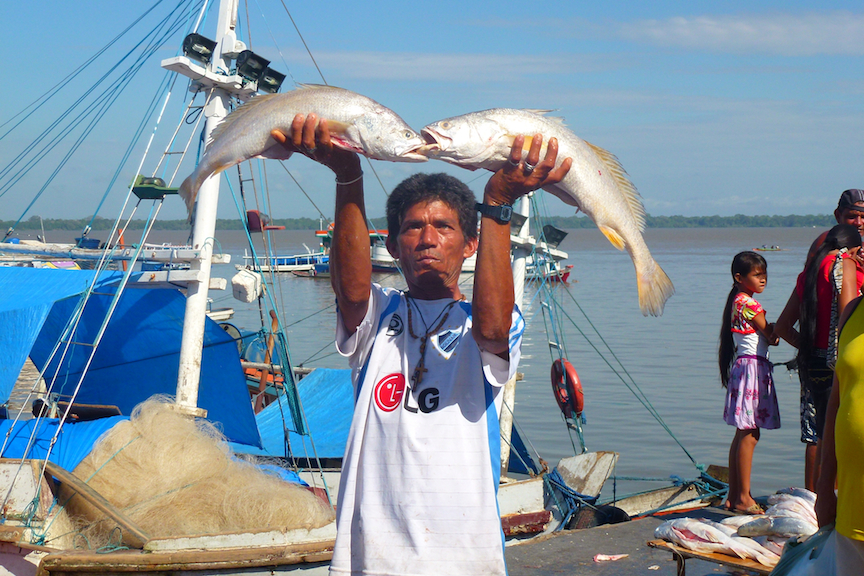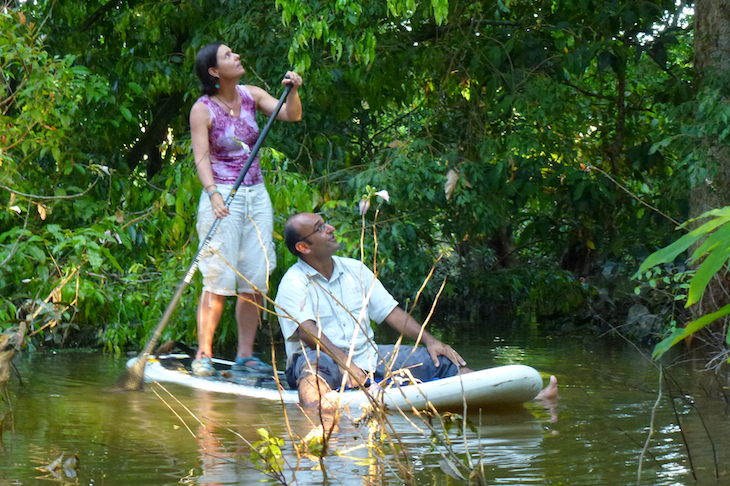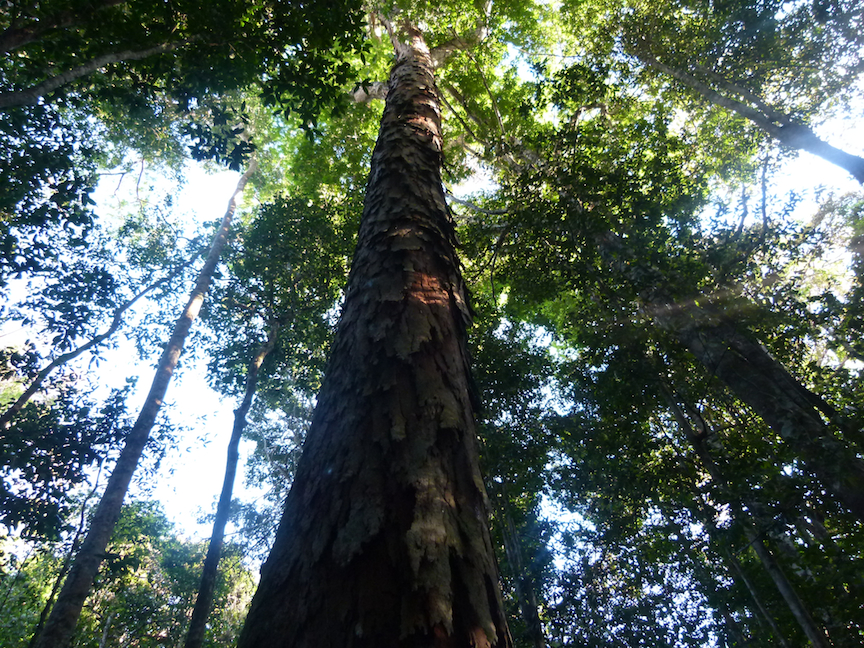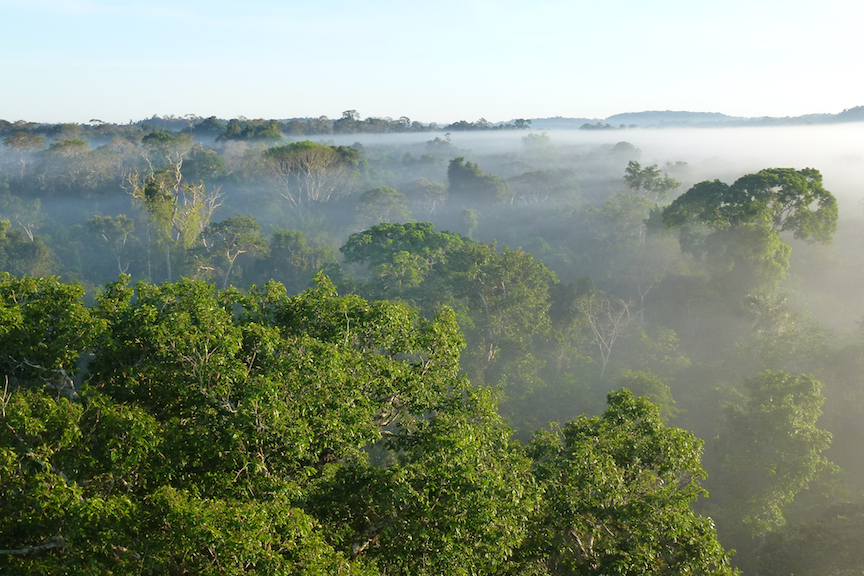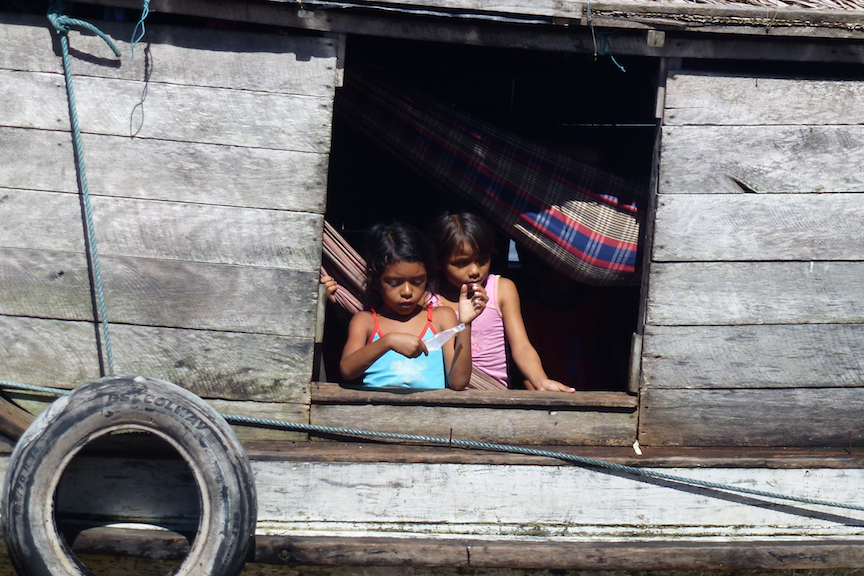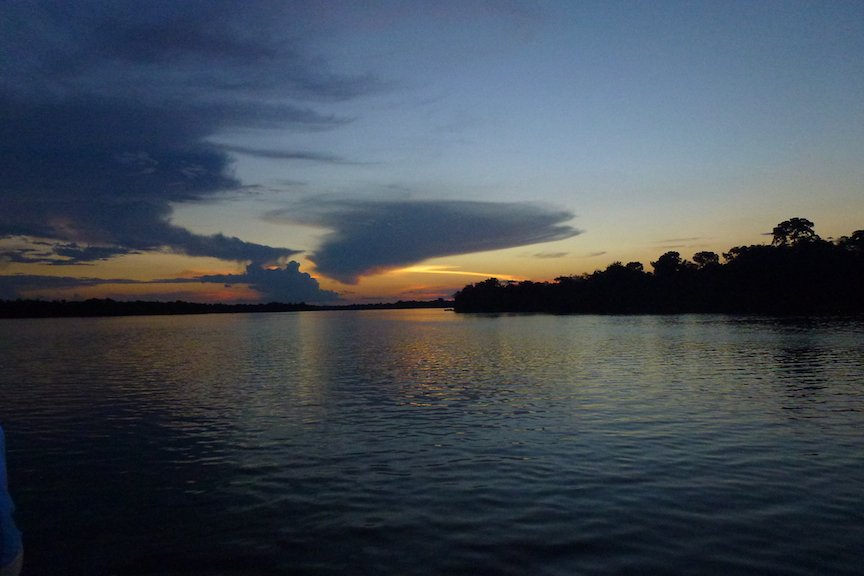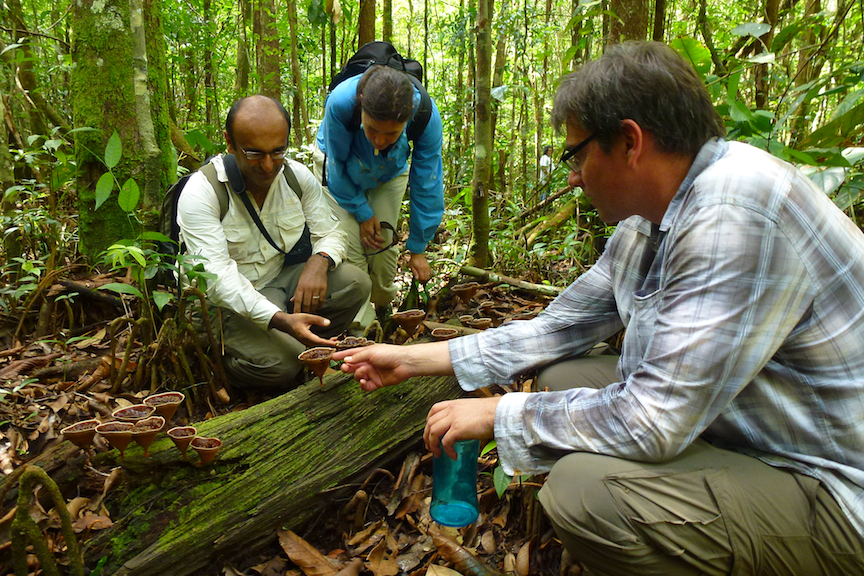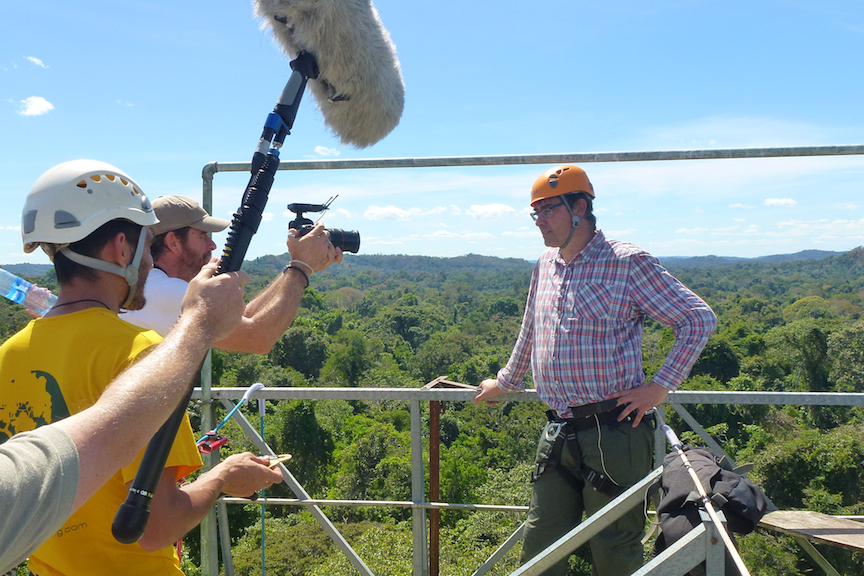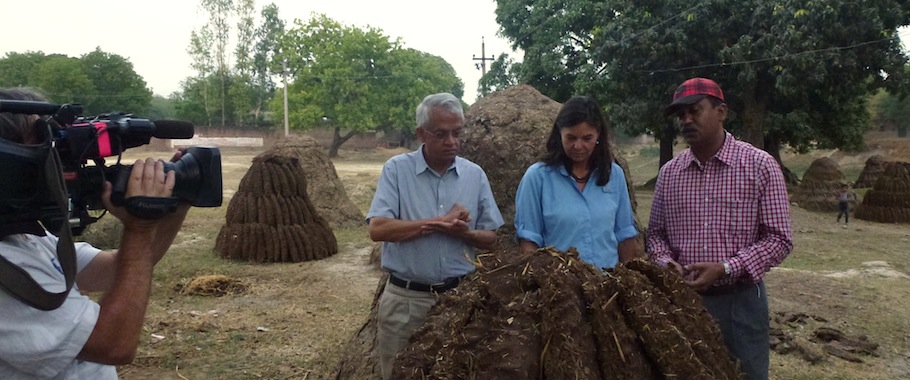Summer Asian Monsoon
Scientists have predicted that day-to-day rainfall in India might become much more variable during the Asian summer monsoon season due to the growth of the Asian Brown Cloud, the warming Oceans, and lack of fresh drinking water. This may potentially put millions of poor farmers and the country’s agricultural productivity at risk and which is already showing signs of marginal changeor upto 15% in oversean
The Indian monsoon is a complex system which is likely to change under future global warming. About 80 percent of annual rainfall in India occurs during the monsoon season from June through September.
All the models now consistently predict an increase in the daily variability of rainfall during the Indian monsoon
In their simulations, the scientists found that if greenhouse gases continue to be emitted at the present rate, the daily rainfall variability would change by 13 to 50 percent, the largest change predicted by their climate models.
Even if global warming is limited to 2 degrees Celsius, the internationally acknowledged threshold, the increase would still result in an additional day-to-day variability of between 8 and 24 percent compared to pre-industrial levels.
